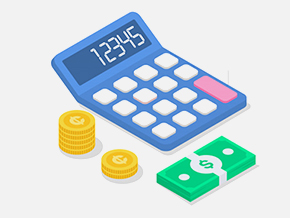-
- PCB TYPE
- PRINTED CIRCUIT BOARD PROTOTYPE ALUMINUM PRINTED CIRCUIT BOARD R&F PCB FPC HIGH FREQUENCY PCB HIGH-TG PCB HEAVY COPPER PCB HDI PCB PCB FOR LIGHTING METAL CORE PCB
time:May 20. 2021, 11:41:39 Views:148
1. Know the design software that can provide advanced options
It requires a lot of complex functions to be able to design at high speed in CAD software. Moreover, there may not be too many programs for hobbyists, and there are usually no advanced options based on web suites. Therefore, you need to have a better understanding of powerful CAD tools.
2. High-speed routing
When it comes to high-speed wiring, designers need to understand the basic wiring rules, including not cutting the ground plane and keeping the wiring short. Therefore, please prevent crosstalk at a certain distance from the digital line and shield all interference-causing factors to avoid damage to signal integrity.
3. Wiring with impedance control
For some signals about 40-120 ohms, it needs impedance matching. The hint of characteristic impedance matching is the antenna and many differential pairs.
It is important for designers to understand how to calculate the stack of trace widths and necessary impedance values. If the impedance value is incorrect, it may seriously affect the signal and cause data corruption.

4. Length matching trace
There are many rows in the high-speed memory bus and the interface bus. These lines can work at very high frequencies, so it is essential that the signal must be sent from the sender to the receiver at the same time. In addition, it needs a function called length matching. Therefore, the most common standards define tolerance values that need to be matched to the length.
High-speed PCB design skills
5. Minimize the loop area
High-speed PCB designers need to understand some skills, high-frequency signals can cause EMI, EMC and other problems. Therefore, they need to abide by the basic rules, such as having a continuous ground plane and reducing the loop area by optimizing the current return path of the trace, and putting in many stitched vias.
High-speed PCB design considerations
PCB layout is very important
Needless to say, efficient PCB manufacturing in high-speed circuits is important to the end result. However, the PCB layout was not considered first in this process. Therefore, it will have a significant impact on the design to achieve the necessary functions and successfully carry out PCB manufacturing, such as advanced planning and compliance with important factors. In addition, you need to deal with some issues before PCB layout, such as design-to-manufacture (DFM) practices and additional considerations for high-speed PCB requirements.
When testing or when used in PCB manufacturing, poor layout can cause performance problems. To make matters worse, due to the need to evaluate PCB failures or performance issues and reassemble the prototype layout, it takes more cost and time to redesign or rework.

Got project ready to assembly? Contact us: info@apollopcb.com



We're not around but we still want to hear from you! Leave us a note:

Leave Message to APOLLOPCB
